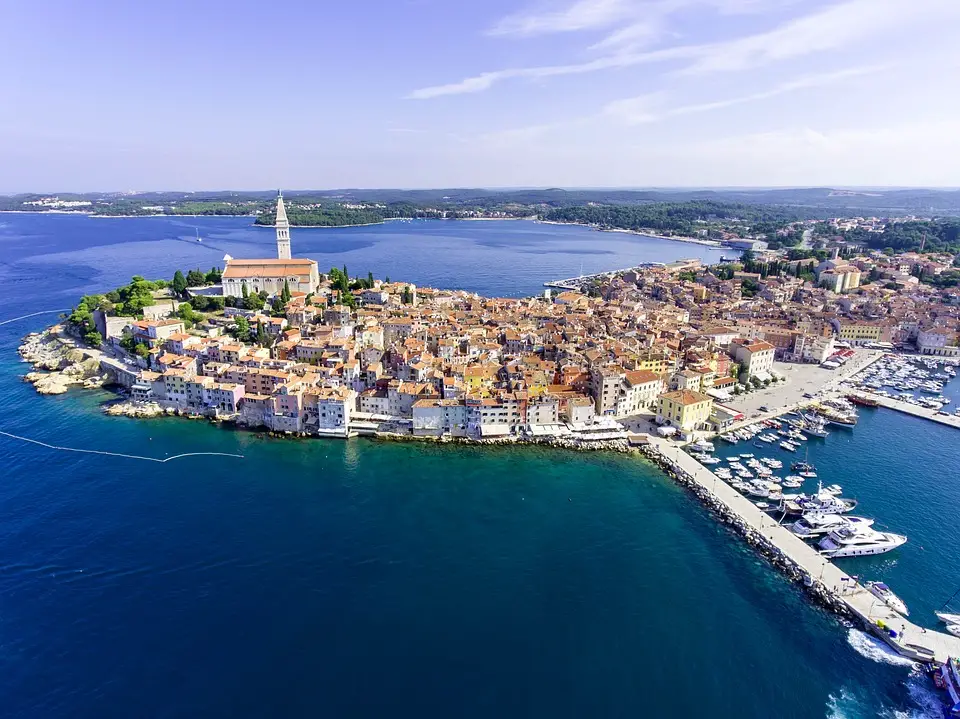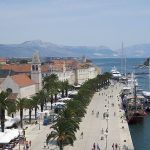As Poslovni Dnevnik/Darko Bicak writes, although experts at the global level cannot all totally agree on the dynamics and scale of climate change that will affect the Earth and human society as we go forward, it is undeniable that the climate is changing and that there are growing dangers from natural disasters each and every year.
While estimates of what will happen at the global level are mostly of a principled nature, at the micro level, so when speaking about a particular region or city, there is a very significant need to make and test out vulnerability models.
This was the topic of the recently held hybrid conference of the Association of Cities – Energy Sustainable Islands. Sanja Polonijo, an expert in communal economy, pointed out that natural extremes – cold, heat, storms, torrential floods and sea changes – are becoming more frequent and having longer lasting effects.
“The Mediterranean is warming 20 percent faster than the rest of the world is, and by the year 2040 its average temperature is expected to rise by 2.2 degrees Celsius. Projections also say that by the year 2100, the sea level will rise from anywhere between 65 and 110 centimetres.
“It is expected that floods, at least as of 2050, may become common annual occurrences, and most of the city’s communal infrastructure has been built for old sea levels,” Polonijo said.
She explained that the city’s infrastructure must, except through the traditional approach of the so-called Grey infrastructure, which includes a quality water supply and drainage network, be based on the so-called ”green and blue infrastructure” that represents an interdisciplinary approach that mimics the hydrological regime. This means that Croatian cities, many of them not just aged but ancient, will certainly need to adapt.
In this way, the problems that arise are solved in the long run – for example, if the drainage systems are made for rain, and the sea level rises near them, then seawater enters the entire system.
There has been a proposition of models for cities where impermeable surfaces would be transformed into permeable ones through tree lines, green roofs and walls, rain gardens and bioretencies. In this way, problems with rising temperatures during the hot summer months can be more easily solved, as those temperatures can be 10 degrees higher in Croatian cities than in the quieter suburbs.
“The most endangered areas with very little greenery can be ”greened up” through a so-called urban heat island – planted trees provide shade, protection from the wind, shade for buildings, a cooling effect with evaporation, reduce flood risk and even lessen the noise.
Professor Mario Vasak from the Zagreb Faculty of Electrical Engineering and Computing warned of the importance of digital transformation of Croatian cities to become Smart Cities because it will be much easier to respond to the challenges posed by climate change, but also social and market changes.
It is necessary to make some decisions even before the start of investments in terms of building management – what capacity of the solar power possibilities to choose for a particular building, what should the capacity of the tank be, how we can plan water pumping in advance, how much flexibility to offer consumers… the whole building management system can take place in real time and act in accordance with our current needs,” said Vasak.
He added that all this will lead to reduced operating costs, higher energy efficiency and increased levels of user comfort. “Perhaps the best example is the FER building, which covers an area of about 10,000 square metres and has 248 offices and where IT has been implemented all of the existing building’s automation system. After the introduction of the system, heating costs fell by 10 percent, from 336.9 euros to 302.6 euros per day, and for cooling, costs fell by as much as 18 percent, from 176.6 euros per day to 144.8 euros,” said Vasak.
He added that similar models can be set up for larger units, such as streets, neighbourhoods or entire Croatian cities through Smart City solutions, and the fastest to implement and the greatest current effects are modernisation and the proper management of public lighting.
For more, check our our lifestyle section.









